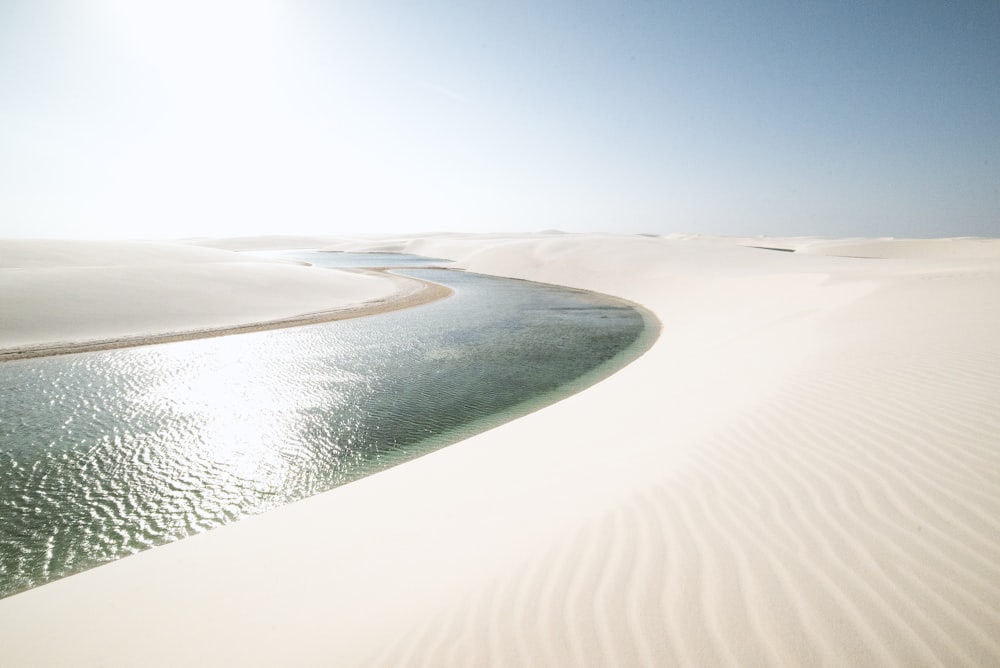
river in desert at daytime photo Free Sand Image on Unsplash
The river of sand is nothing more than a large number of hailstones moving along the river. How the river of sand was formed What originally spread virally like a river of sand in Saudi Arabia was not completely like that. The first thing is that it was not in Saudi Arabia, but in Iraq.

The River of Sand (Story of Satluj River) YouTube
My List. In this episode of Great Lakes Now, Indiana shoreline residents take drastic action to save their homes from powerful waves, Michigan DNR officials defend against climate change by.
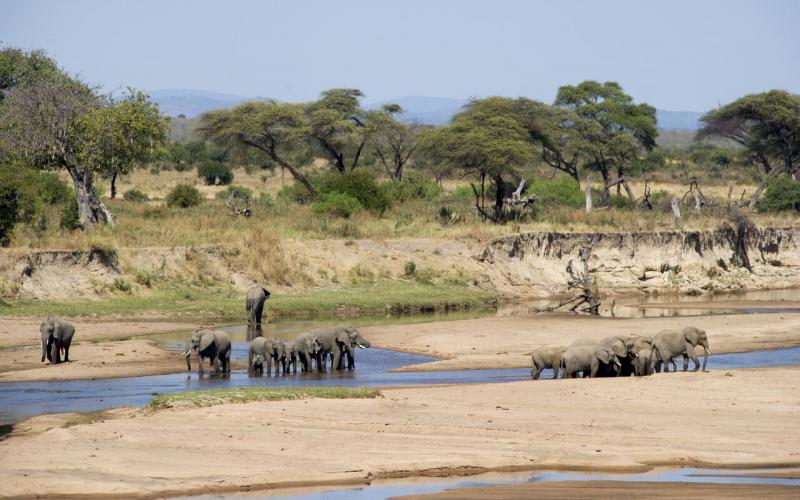
Sand Rivers Selous Amazing Adventures Travel
The river of sand is drained off down the canyon. 18:14 - 18:17 and onto the ocean bottom. 18:18 - 18:21 The canyon is located here. 18:21 - 18:24 Farther upcoast there are two other submarine canyons, 18:24 - 18:28 each just offshore where a beach ends. 18:28 - 18:31 A system of rivers feeds sand.
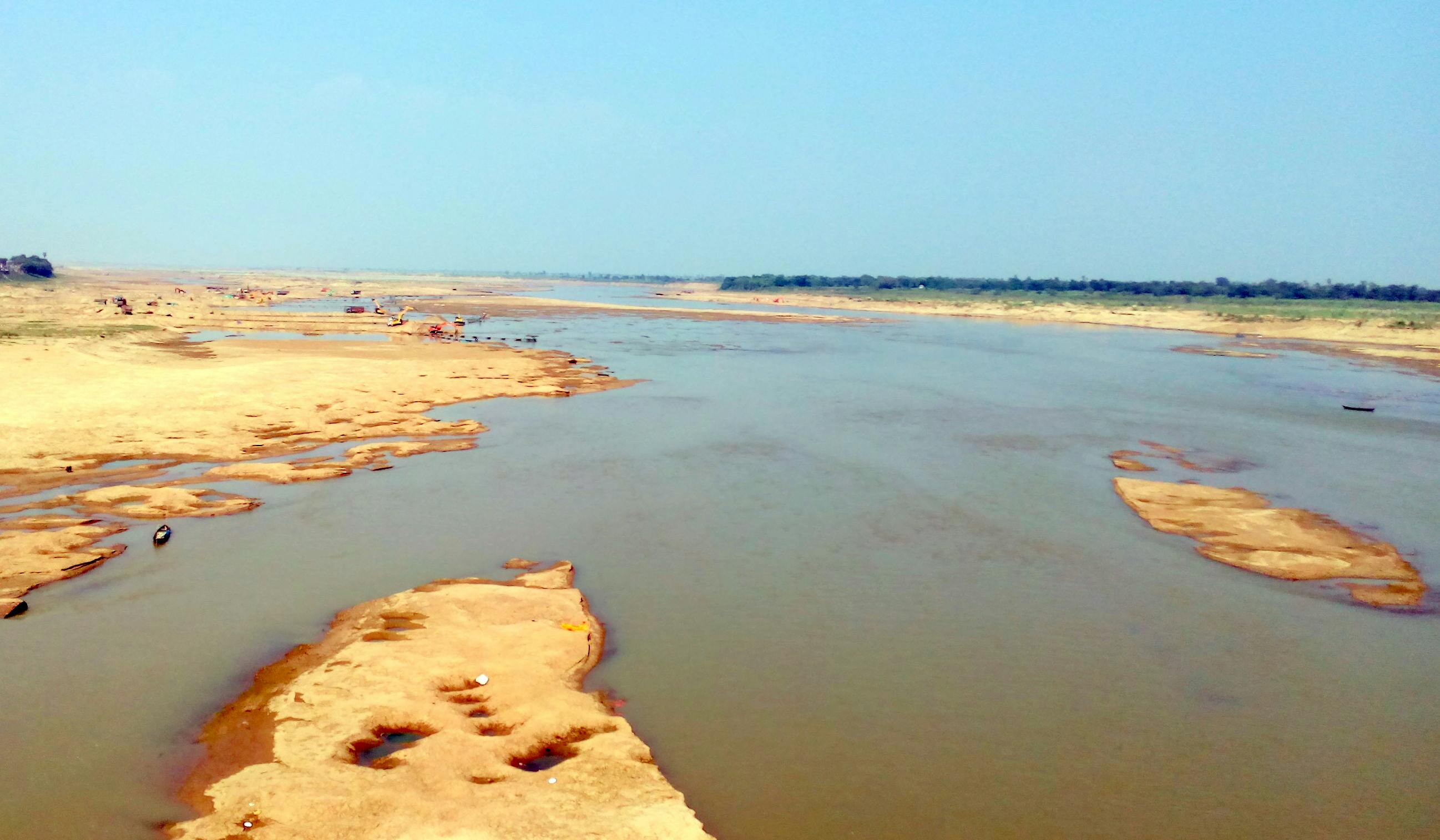
Free stock photo of sand
River sand is a type of fine sand formed by the corrosion from water current and is obtained from river streams and banks. It is generally white-grey. Unlike pit sand, the grains of river sand is smooth, rounded and of fine quality. Hence, it is used globally for a broad range of construction purposes such as plastering. Sea Sand:
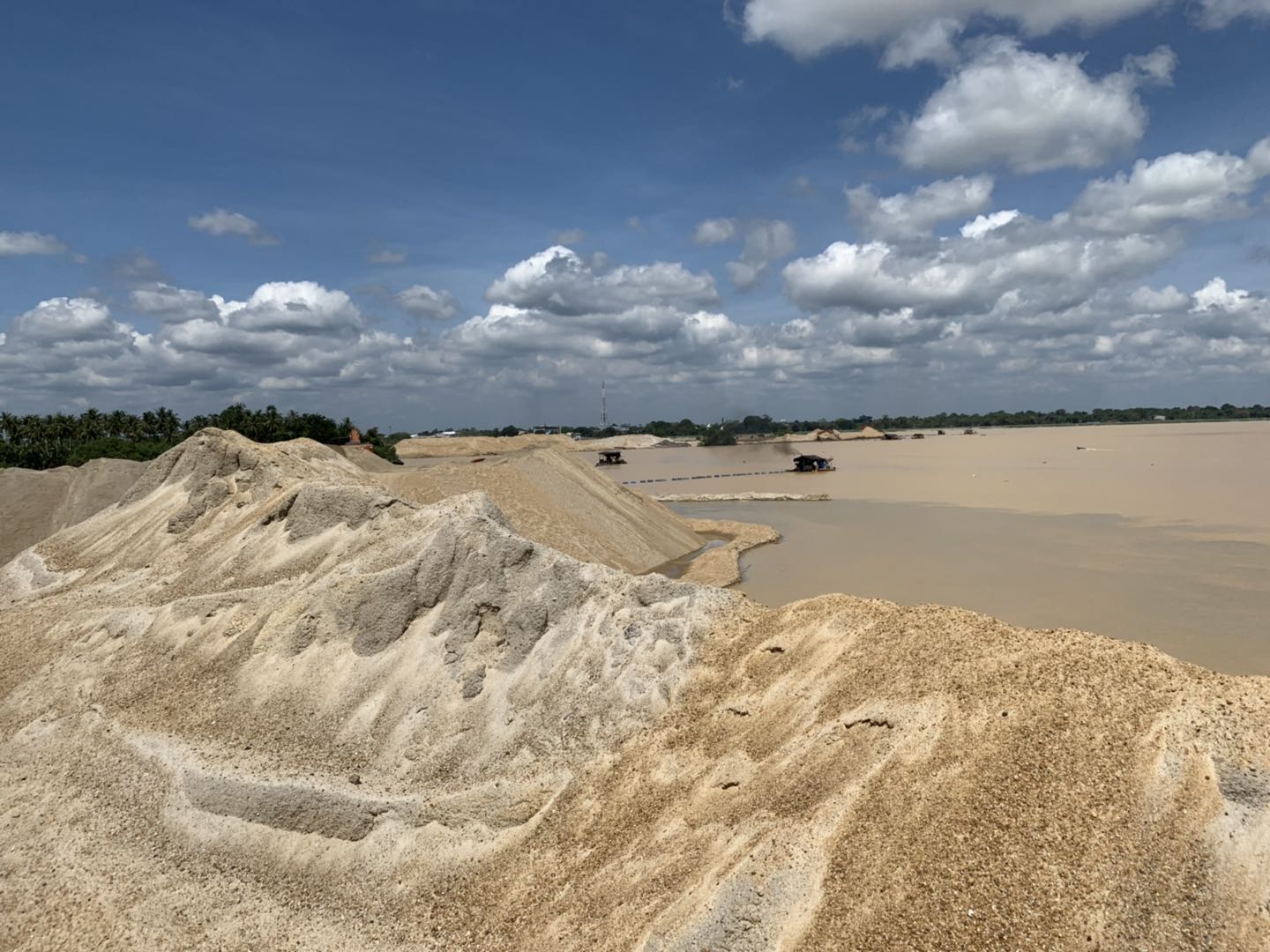
River Sand Trade Export
The sand built townsites beneath the bluffs, the river often washed them away. Prehistoric Indian civilizations, some eight layers deep, lie beneath the relentless sand. Today, the dance of the water and the sand is quieted by the locks and dams that keep both rivers in their place. We have almost forgotten the dark river.
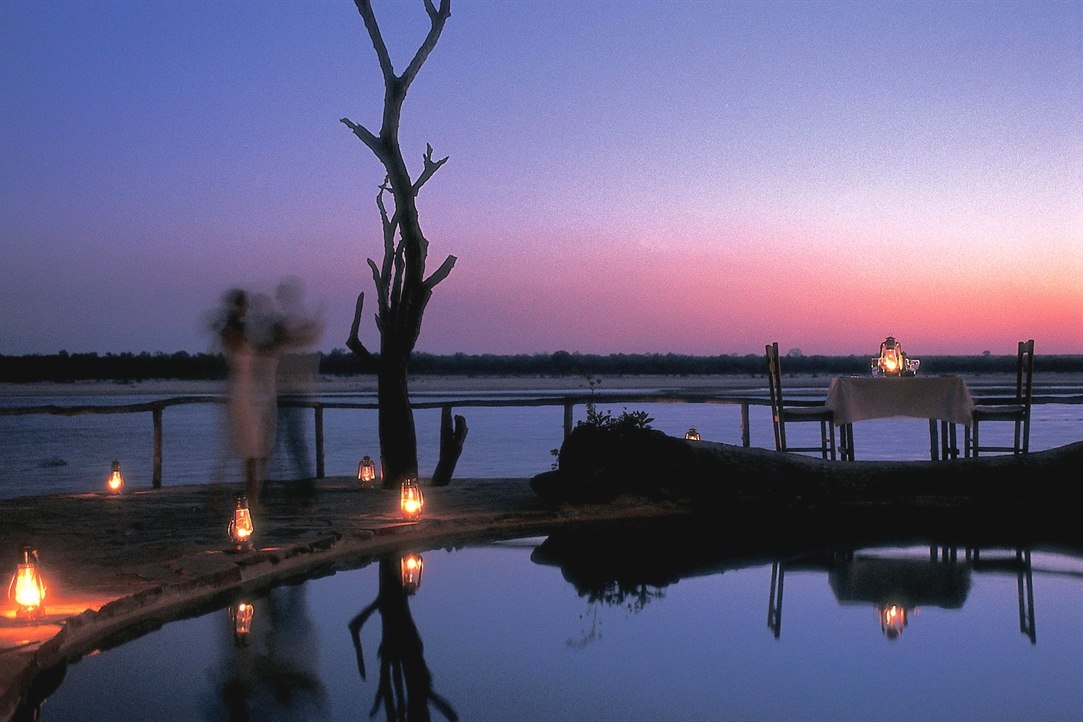
Sand Rivers Selous & Ruaha National Parks Rainbow Tours
Epoca: The River of Sand (Epoca, 2) by Claire, Ivy Books › Children's Books › Science Fiction & Fantasy Enjoy fast, FREE delivery, exclusive deals and award-winning movies & TV shows with Prime Try Prime and start saving today with Fast, FREE Delivery Buy new: $12.60 List Price: $16.99 Details Save: $4.39 (26%)
FileRiver of Sand.JPG
Sand is a granular material composed of finely divided mineral particles. Sand has various compositions but is defined by its grain size. Sand grains are smaller than gravel and coarser than silt. Sand can also refer to a textural class of soil or soil type; i.e., a soil containing more than 85 percent sand-sized particles by mass. [2]

River of Sand YouTube
River sand is one of the most popular types of sand used in construction. It is usually sourced from the banks of rivers and river beds, where it has been naturally formed over time. River sand has a fine texture and is usually light to dark brown.
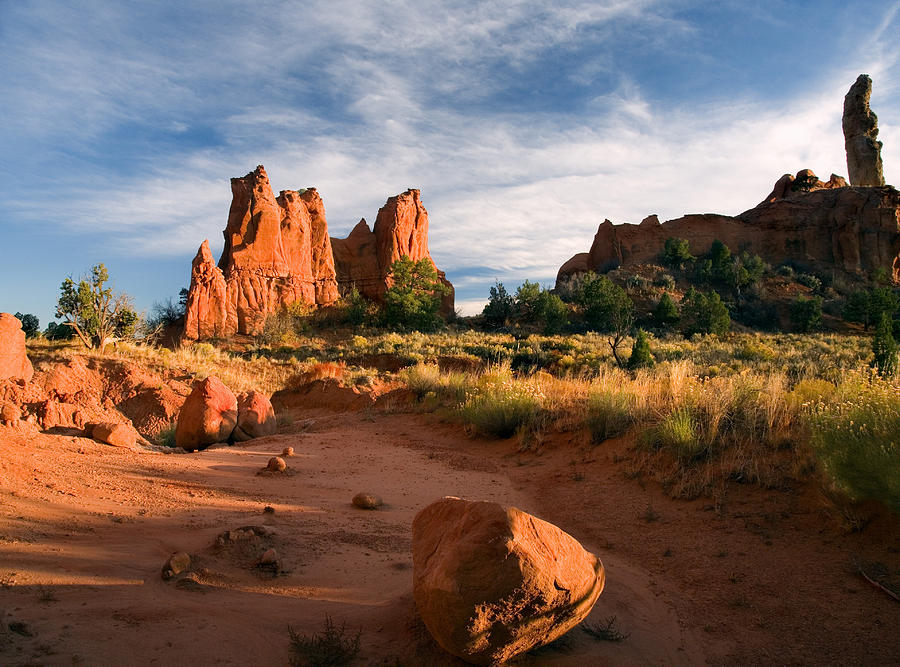
River of Sand Photograph by Michael Dawson Pixels
270 40K views 6 years ago The video footage shows a river ofsand flowing across the desert. This 'sand river' was due to an exceptional weather phenomenon. Rare changes in the weather led to.

Rivers of sand… Ideas & images from Portsmouth and beyond
Dr. Roy Dokka thought it important that this video be available on the C4G channel for people who he thought wanted a better understanding of how sediments a.
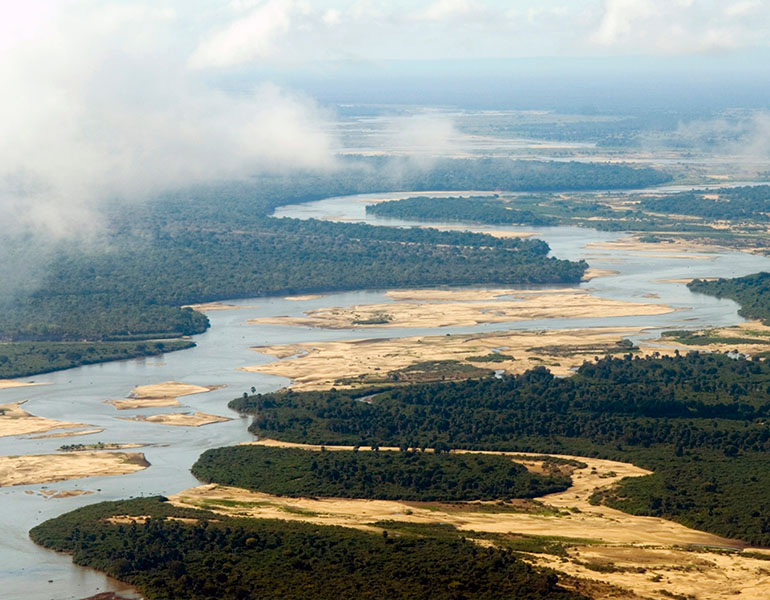
Sand Rivers Selous Cheli & Peacock Safaris
What is sand. Sand is a natural unconsolidated granular material. Sand is composed of sand grains which range in size from 1/16 to 2 mm (62.5…2000 micrometers). Sand grains are either mineral particles, rock fragments or biogenic in origin. Finer granular material than sand is referred to as silt. Coarser material is gravel.
FileA scene of river sand.JPG Wikimedia Commons
Summary. Shoreline processes are complex, but important for understanding coastal processes. Waves, currents, and tides are the main agents that shape shorelines. Most coastal landforms can be attributed to moving sand via longshore drift, and long-term rising or falling sea levels.. The shoreline is the interface between water and land and is divided into five zones.

River of Sand Valerio Art
A new report released Tuesday from the Upper Mississippi River Basin Association found that although water quality has generally improved in the upper river in past decades, new threats, such as road salt and lead, are emerging.. The report tracked 19 indicators of water quality — including phosphorus, nitrogen, chloride, heavy metals and total suspended solids — over 30 years across the.
River Sand
ARTICLE Understanding Rivers A river is a large, natural stream of flowing water. Rivers are found on every continent and on nearly every kind of land. Grades 5 - 12+ Subjects Earth Science, Biology, Ecology, Geography, Physical Geography, Geology Loading. Powered by Background Info Vocabulary

River of Sand Photograph by Jim Chamberlain Fine Art America
The sand we need is the more angular stuff found in the beds, banks, and floodplains of rivers, as well as in lakes and on the seashore. The demand for that material is so intense that around the.
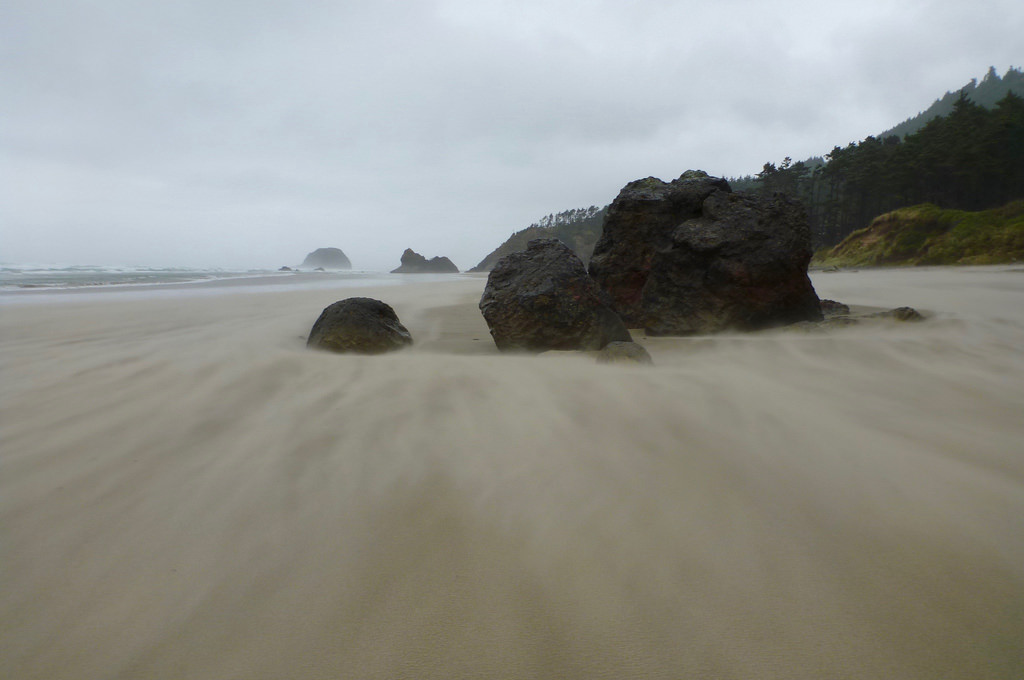
River of Sand theoutershores
A genuine classic for geology students and a great video for explaining the origins of beach sand.